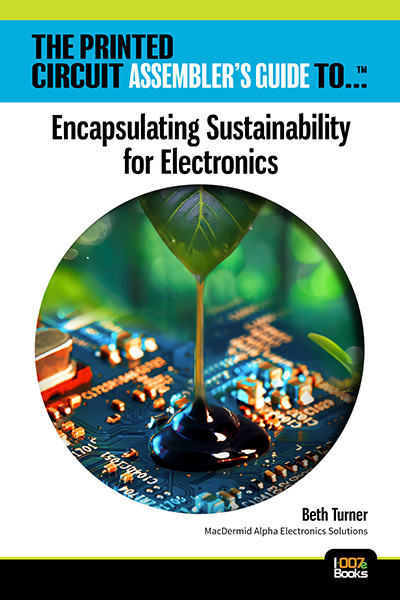TI’s New Portfolio of Isolation Devices Extends the Lifetime of High-voltage Applications
September 19, 2023 | Texas InstrumentsEstimated reading time: 1 minute
Texas Instruments (TI) introduced its new opto-emulator portfolio of signal isolation semiconductors, designed to improve signal integrity, consume less power, and extend the lifetime of high-voltage industrial and automotive applications. TI’s inaugural opto-emulators are pin-to-pin compatible with the industry’s most common optocouplers, enabling seamless integration into existing designs while leveraging the unique benefits of silicon dioxide (SiO2)-based isolation technology.
"Today’s push for electrification, coupled with the intricacies of designing high-voltage systems, presents a need for engineers to increase the performance and lifetime of their products while ensuring the right level of isolation," said Tsedeniya Abraham, general manager of interface products at Texas Instruments. "Our new portfolio of opto-emulators not only addresses the growing need for reliable and affordable isolation, but also exemplifies our commitment to investing in high-voltage technologies."
Increase reliability with TI’s SiO2-based isolation
Optocouplers, which integrate an LED to isolate the signal, have historically been a common choice among engineers. However, optocouplers typically require upfront overdesign to compensate for the inevitable aging effects of LEDs. TI’s opto-emulators eliminate the need for overdesign by using SiO2 for the isolation barrier, removing the effects of LED aging altogether. With a high dielectric strength of 500 VRMS/µm, TI’s SiO2 isolation barrier enables the new portfolio of devices to protect end-product designs for more than 40 years. Opto-emulators also provide isolation protection as high as 3,750 VRMS, while reducing power consumption by as much as 80%.
Additionally, the portfolio is able to withstand wide operating temperature ranges from –55°C to 125°C, while providing common-mode transient immunity up to 10 times higher than optocouplers. To learn more about the benefits of TI’s new opto-emulators, read the technical article, "Opto-Emulators Explained: Why You Should Upgrade Your Optocoupler Technology."
Suggested Items
3D Electronic Devices With Additive Manufacturing
11/29/2022 | Shavi Spinzi, Nano DimensionImagine fabricating PCBs without the hassle of drilled vias and metal plating. Imagine PCBs with near-perfect registration. If we take it to the next stage, imagine drawing electronics in 3D space. There is a way to do all this with additively manufactured electronics (AME). We just need to start to think in 3D. This will allow us to abandon the 2D limitations that we have become so used to and expand our horizons so that we can climb to higher levels of performance. In this article, I will explore the two fundamental capabilities that are the cornerstones for drawing electronics in 3D space, which is where AME technology and 3D design capabilities converge.
Does Copper Pour on a Signal Layer Decrease Signal-To-Signal Isolation?
04/07/2022 | Steve Hageman, Analog HomeDoes putting a ground pour on PCB signal layers make the isolation better or worse? It can go either way, but with the proper knowledge and application, this technique will improve your designs. In this article, I’ll discuss how to simulate trace-to-trace isolation with true electromagnetic simulation software. We’ll also cover a variety of rules of thumb that can help you stay away from trouble.
Gardien Group Now offers Insulation (IR) Testing and Micro-Short Detection
01/14/2022 | Gardien GroupAs part of Gardien’s growing list of options for quality control in the printed circuit boards industry, we now offer Insulation Testing and Micro-Short detection on our Flying Probe lines running the Gardien FPX software.
Flying Probe Testing vs IPC-9252B
05/30/2017 | Todd Kolmodin -- Column: Testing ToddFlying probe testing is extremely popular in today’s manufacturing theatres. The main factor is cost reduction in contrast to dedicated fixtures and fixture testing. However, there are some limitations in flying probe testing when gauged against industry specifications—specifically, the use of indirect vs direct testing in Test Level C.
Achieving Near-Perfect Optical Isolation Using Opto-Mechanical Transparency
05/10/2017 | University of Illinois at Urbana-ChampaignResearchers from the University of Illinois at Urbana-Champaign have demonstrated a new level of optical isolation necessary to advance on-chip optical signal processing. The technique involving light-sound interaction can be implemented in nearly any photonic foundry process and can significantly impact optical computing and communication systems.


